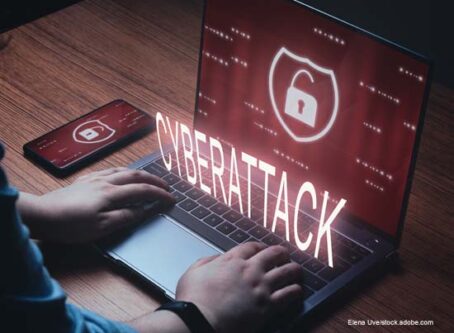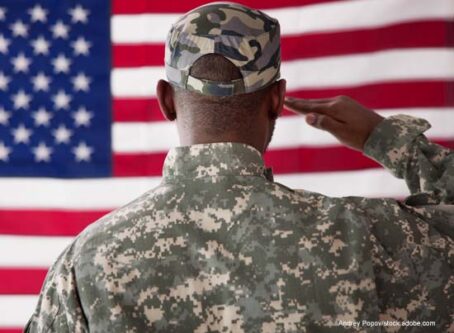Washington state bill targets graffiti on roads and bridges
One Washington state lawmaker has a plan to fight graffiti along state roadways.
Rep. Andrew Barkis, R-Olympia, is behind legislation that he’s described as combating the problem head-on.
Graffiti and defacement along Washington state roadways is illegal. The Washington State Department of Transportation has said it is also costly and dangerous.
In a March 2023 blog post, WSDOT wrote that there had been an increase in graffiti along state roadways over the previous few years. Maintenance crews had spent $1.4 million on graffiti removal in the previous two years. The agency expected to spend even more over the next two years.
Graffiti is one of those things that sparks a lot of opinions & conversation. It also is a challenging issue for our maintenance crews to keep up with, costing significant $$ & posing safety risks. Please read our blog for more info. https://t.co/vHs2p8nruS
— Washington State DOT (@wsdot) March 21, 2023
House Bill 1989
Barkis’ bill, HB1989, would implement a three-pronged approach to address the issue.
First, WSDOT would be directed to test and determine whether there are anti-graffiti products and paints that can be used effectively on highway walls, bridges and overpasses.
The agency would be required to report its findings and recommendations to the Legislature by the end of the year.
Second, WSDOT-owned cameras not used for tolling or work zone safety enforcement would be tapped to deter and identify offenders.
Lastly, the legislation would require the state DOT to coordinate with state troopers, federal and local law enforcement, local prosecuting attorneys’ offices and others to pursue legal action against those caught violating the law.
“Graffiti is not just an eyesore; it is also a costly nuisance that threatens public safety and drains taxpayer dollars,” Barkis said in prepared remarks.
HB1989 awaits assignment to committee for the regular session that begins Monday, Jan. 8.
Transportation department concerns
WSDOT officials have said tagging along roads and bridges poses many concerns for the agency.
They’ve also noted that graffiti puts taggers, roadway users and maintenance crews in harm’s way and costs taxpayers thousands of dollars each year.
Another problem for the agency is that efforts to clear graffiti pulls crews away from other tasks for keeping the transportation system in good working order. It’s not uncommon for crews to report that a location has been tagged again within days, or even hours, of graffiti removal.
“There’s always been, and likely always will be, graffiti,” the blog post reads. “Along with law enforcement, we will do the best we can within our resources to try to keep up, but ultimately it’s up to those committing the crimes to stop putting themselves and others at risk.”
Statehouse pursuits to counter graffiti to WSDOT property are not new. In recent years, one state senator has offered legislation that would require violators to serve time behind bars. The legislation also would require offenders to scrub off their work or to perform other community service. LL









